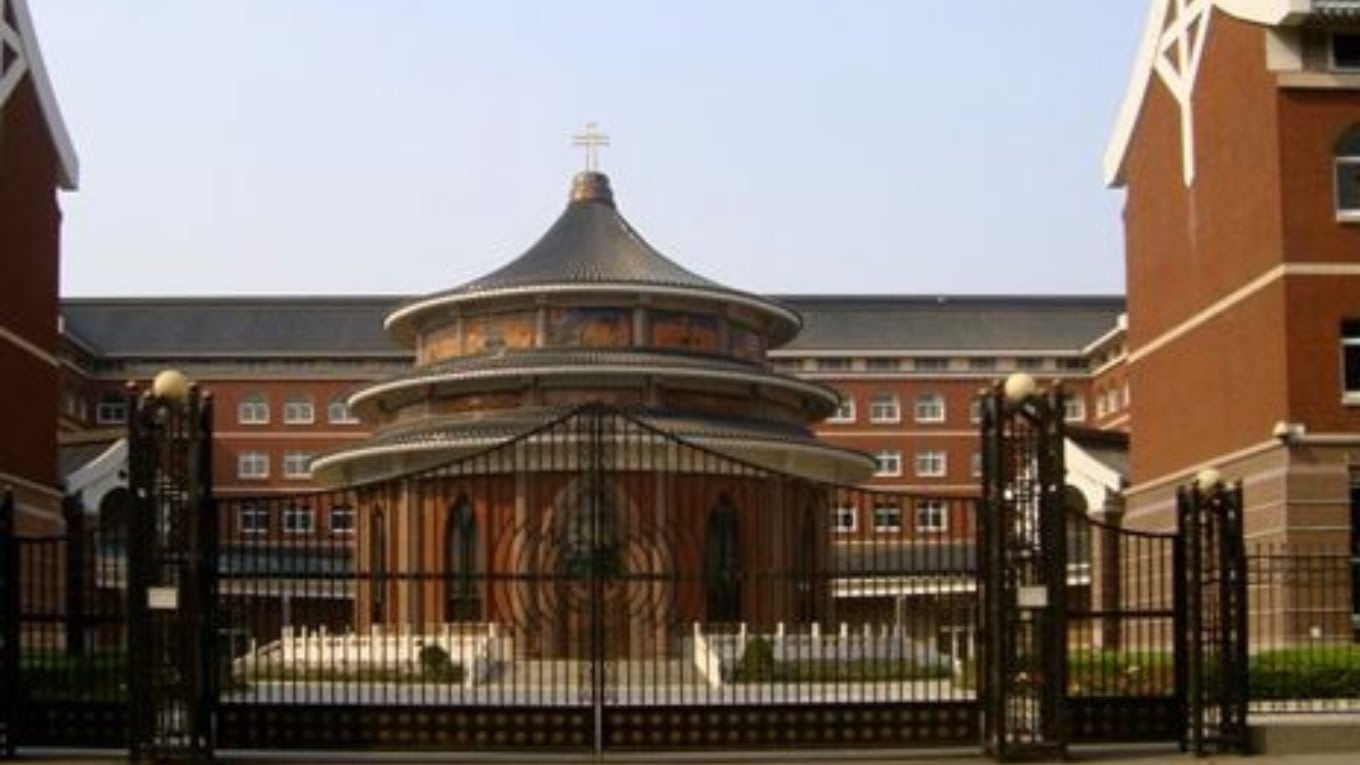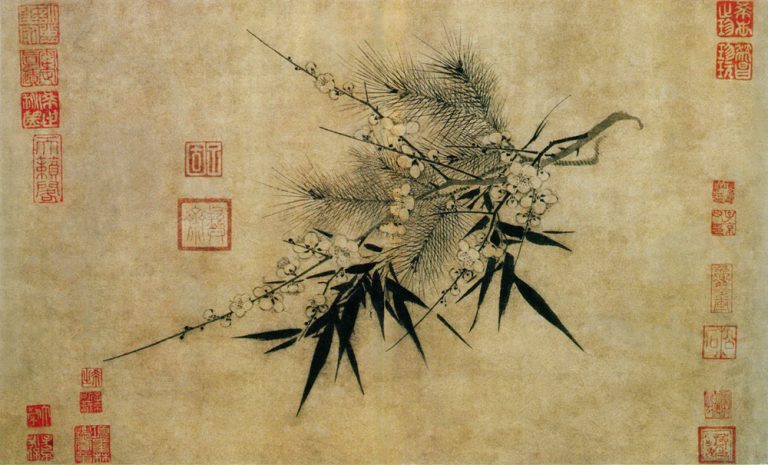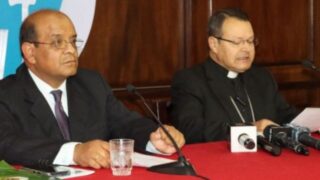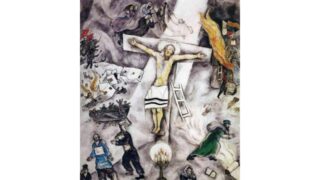Did Pope Francis radically change his predecessor’s position on how to deal with the Chinese Communist Party?
by Massimo Introvigne*
*An Italian version of this article was published in the daily newspaper “il Foglio”


When the Holy See and China were getting ready to sign the Vatican-China deal of 2018, later renewed twice in 2020 and 2022, Cardinal Joseph Zen, bishop emeritus of Hong Kong, published on his blog a very harsh attack against Vatican Secretary of State Cardinal Pietro Parolin. He accused him of manipulating Benedict XVI’s “Letter to the Bishops, priests, consecrated men and women, and lay faithful of the Catholic Church in the People’s Republic of China” of May 27, 2007, and even falsifying its text.
In essence, Zen accused the Holy See of inventing a nonexistent continuity between Benedict XVI’s and Pope Francis’ attitude toward China. According to Zen, Pope Francis and the Secretariat of State were instead betraying the text and spirit of Benedict XVI’s famous “Letter.”
Who was right? Was there continuity or discontinuity in the policy on China of Benedict XVI and Francis? The 2007 “Letter” was a long-drafted document and the result of lengthy discussions between the Pope and the Secretariat of State, so much so that it was published together with a “Declaration,” an “Explanatory Note,” and a “Compendium.” We know today that the text was also the result of discrete discussions between Vatican diplomacy and China.
Certainly, the “Letter” humored the Chinese Communist Party on three points of no small importance. It revoked pastoral directives, both public and discreet, that authorized forms of civil disobedience to the state. It expressed willingness to negotiate with the regime on the ecclesiastical provinces, which perhaps signaled between the lines a certain readiness for dialogue even on the issue of Taiwan. And it did not rule out an agreement with the government on the future choices of bishops, on the understanding that any appointment would always and only rest with the Pope.
Unofficially, an openness to the solution in force in Vietnam, and which had illustrious historical precedents in Europe, was filtering through, according to which the Church would submit to the state a shortlist of candidates, among whom the Chinese government would express its preference.
Certainly, there was a more conciliatory attitude here than in the pontificate of John Paul II, who from personal experience in Poland was much more distrustful of Communist governments. On the ground, this was accompanied by the appointment, in dioceses where this was possible (thus not in all of them), of the same person as bishop of the Patriotic Catholic Church founded in 1957, controlled by the regime and considered schismatic by the Holy See, and of the “underground” Church loyal to Rome. In practice, the difference between the two Churches remained but in some dioceses the two organizations were united by having the same bishop.


However, Benedict XVI, the Pope of “non-negotiable values” added a reminder that the structure of the Church should remain “Petrine” and “apostolic” in China as everywhere else. The 2007 letter noted the presence in China of three types of bishops: those of the “underground” church, who were faithful to Rome; those of the Patriotic Catholic Church who had, however, been secretly received into communion with Rome (although they had not always disclosed this publicly, and now Benedict XVI urged them to do so); and the “Patriotic” bishops who had never been reconciled with Rome.
The Chinese faithful, according to the “Letter,” could lawfully attend the Masses of the bishops in the first and second categories, and of the priests ordained by them. Those of the bishops and priests in the third category were valid but illicit, and the faithful could attend them only when they could not “without grave inconvenience” find a Mass celebrated in communion with the Pope. As for the “College of Catholic Bishops of China,” which was recognized by the regime and brought together the “Patriotic” bishops, for Benedict XVI it was not a true Bishops’ Conference and indeed was an entity that presented “elements incompatible with Catholic doctrine.”
Was a reconciliation possible that would also bring the third type of bishops, i.e. the “Patriotic” not reconciled with the Holy See, back within the legitimate Catholic fold? Yes, Benedict XVI answered, but he urged caution against both the extremism of those who would exclude any negotiations a priori and the irenicism of those who would conceive of dialogue as simply the Vatican’s yielding to the “Patriotic” model.
In a crucial passage of the “Letter,” the German Pope wrote that “the solution to existing problems cannot be pursued via an ongoing conflict with the legitimate civil authorities; at the same time, though, compliance with those authorities is not acceptable when they interfere unduly in matters regarding the faith and discipline of the Church.”


In fact, as long as Benedict XVI was the Pope, an agreement was never reached because the Chinese authorities demanded that they choose the bishops, whom the Pope would only have to consecrate, and that all Catholics should join the Patriotic Catholic Church, preserving its structures and principles, including those elements that Pope Ratzinger had declared “incompatible with Catholic doctrine.” Francis accepted these conditions, believing that the end of the schism and of the decade-long separation between the Patriotic Church and the underground church loyal to the Vatican was an achievement important enough to authorize those compromises that his predecessor had rejected.
There is also another element of discontinuity between Benedict XVI and Francis that is often overlooked. In his 2007 “Letter,” Pope Ratzinger recalled that the Church cannot give up anywhere in the world to proclaim “God’s plan for marriage and the family.” There would be no religious freedom, Benedict XVI wrote, if in China the Church were left free to preach about purely religious matters but could not denounce in a “keener and more urgent” way the “forces that influence the family negatively.” This demand for freedom of speech on life and family, which Benedict XVI regarded as “non-negotiable,” also seems to have been dropped by his successor.









